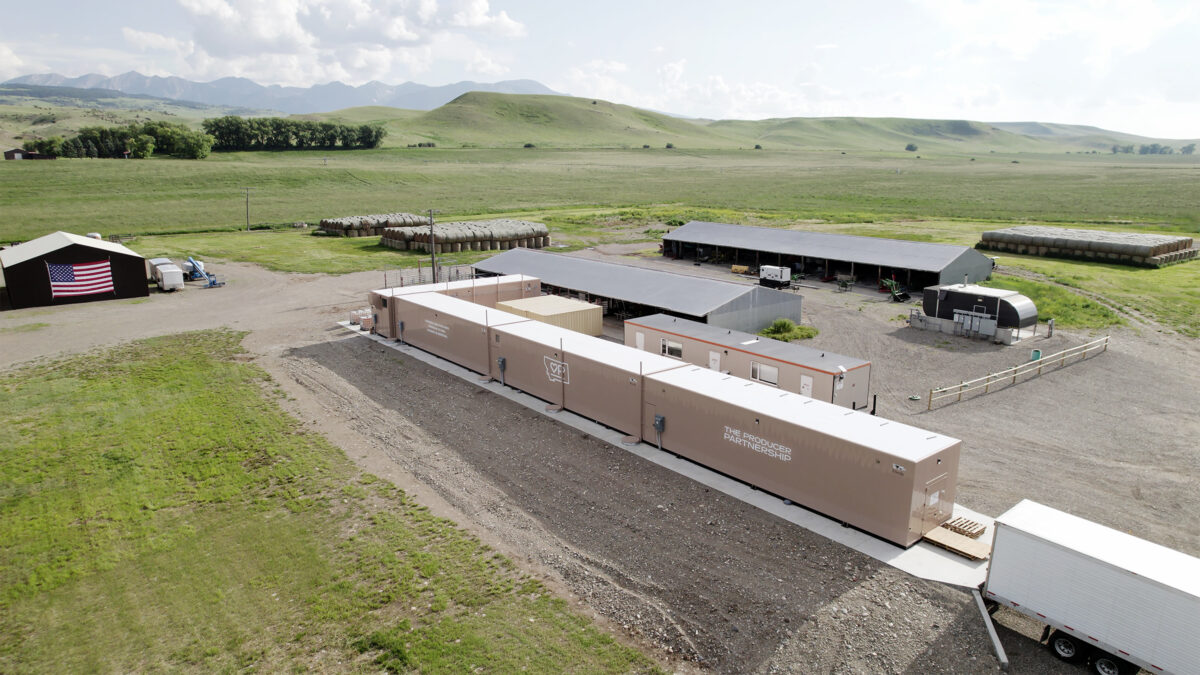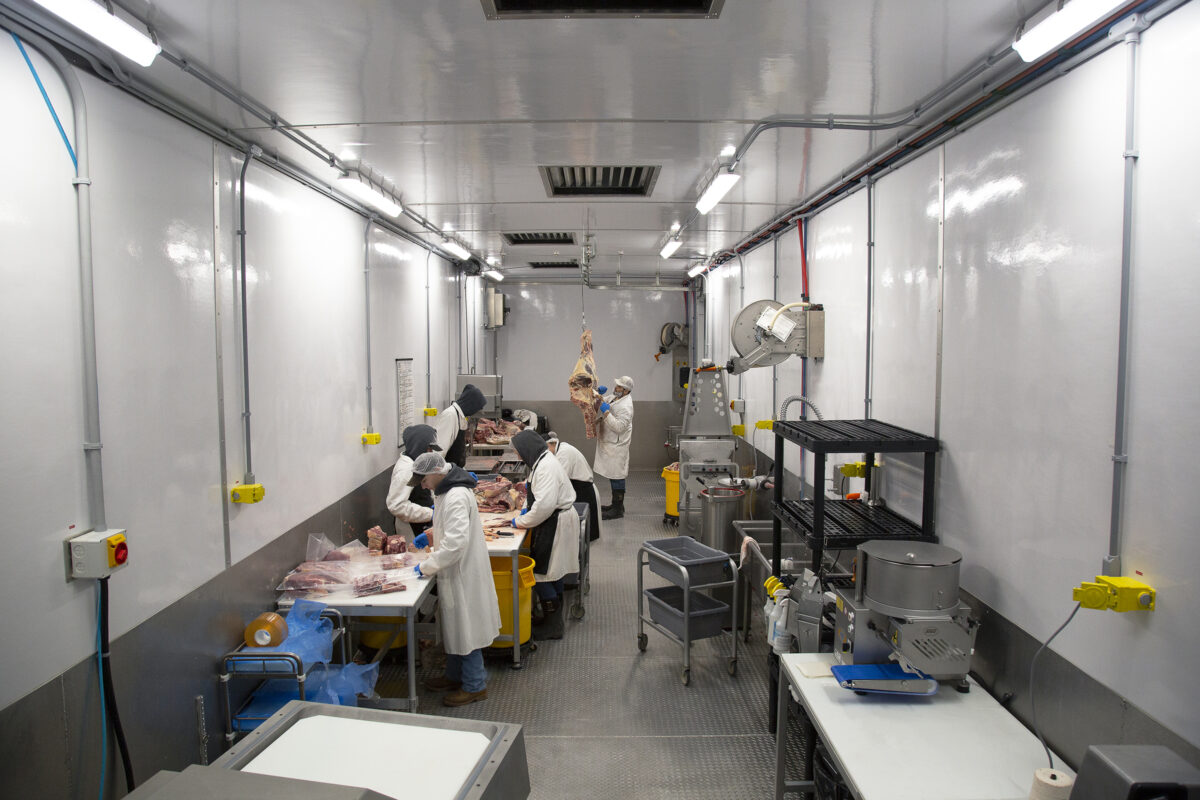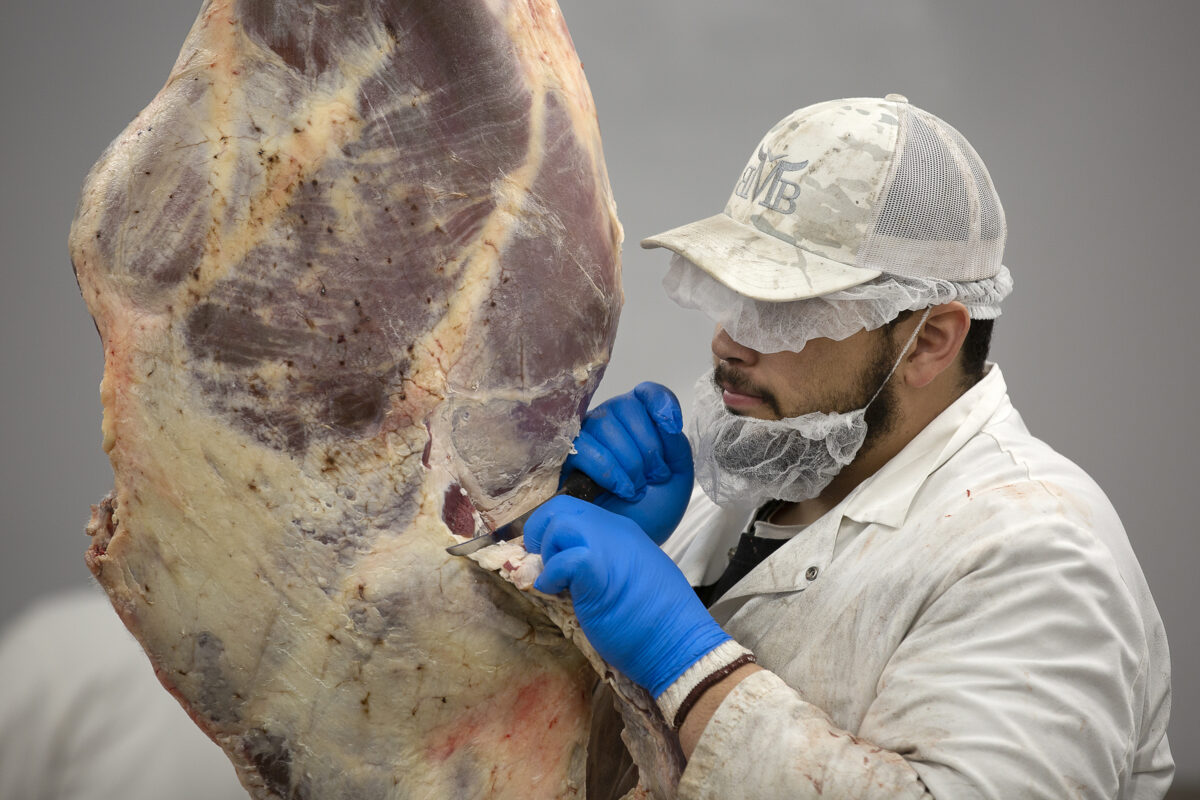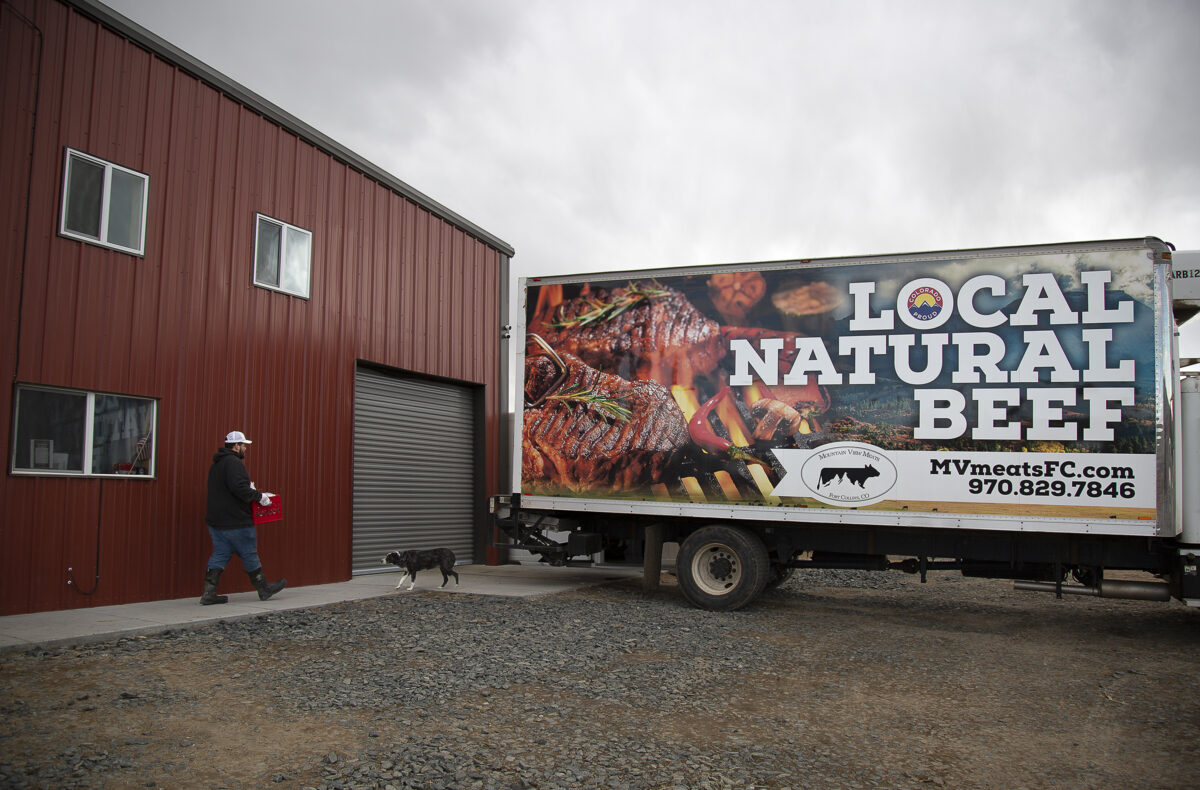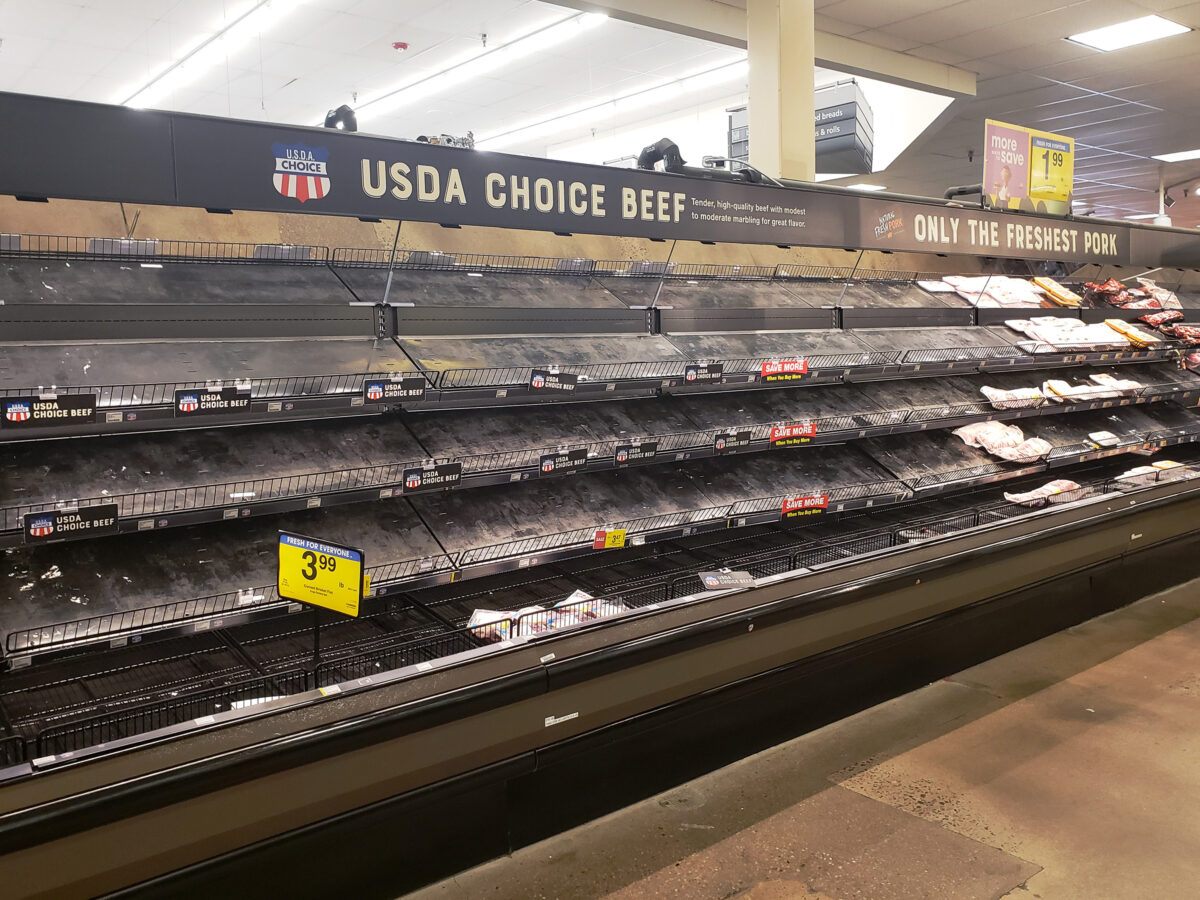In the early days of the COVID-19 pandemic, American shoppers were faced with empty shelves in grocery store meat departments. Due to tight working conditions and the highly contagious nature of COVID-19, large meatpacking plants had to shut down or reduce output. Cows, pigs, and chickens were not contracting the virus, but employees processing animals in close quarters were. These massive operations had previously slaughtered and processed thousands of animals per day—some in excess of 10,000 in one facility.1
These shutdowns quickly impacted American consumers because only a handful of behemoth slaughterhouses process the majority of our nation’s meat. A New York Times article called large slaughterhouses “the food chain’s weakest link” and likened them to an airport hub.2 The 2020 shutdowns forced a system bottleneck and backed up production nationwide.
By some accounts, the four major meatpacking companies purchase and process 85% of beef in the United States.
The American Prospect article, “‘Big Four’ Meatpackers Are Crushing Small Ranchers”
Where meat was still available for sale, it was often more expensive. Despite this rise in consumer prices, meat producers selling cattle to slaughterhouses were reportedly earning less per animal than before the pandemic.3 Unfortunately, most farmers and ranchers didn’t have the option to shop around for better prices as there were only a handful of big players to which to sell.
A complex combination of regulation and policy changes over the past five decades has contributed to ongoing consolidation in the meat industry. By some accounts, the four major meatpacking companies purchase and process 85% of beef in the United States.4 These big corporations have reduced the flow of locally-grown meat from farm to table.
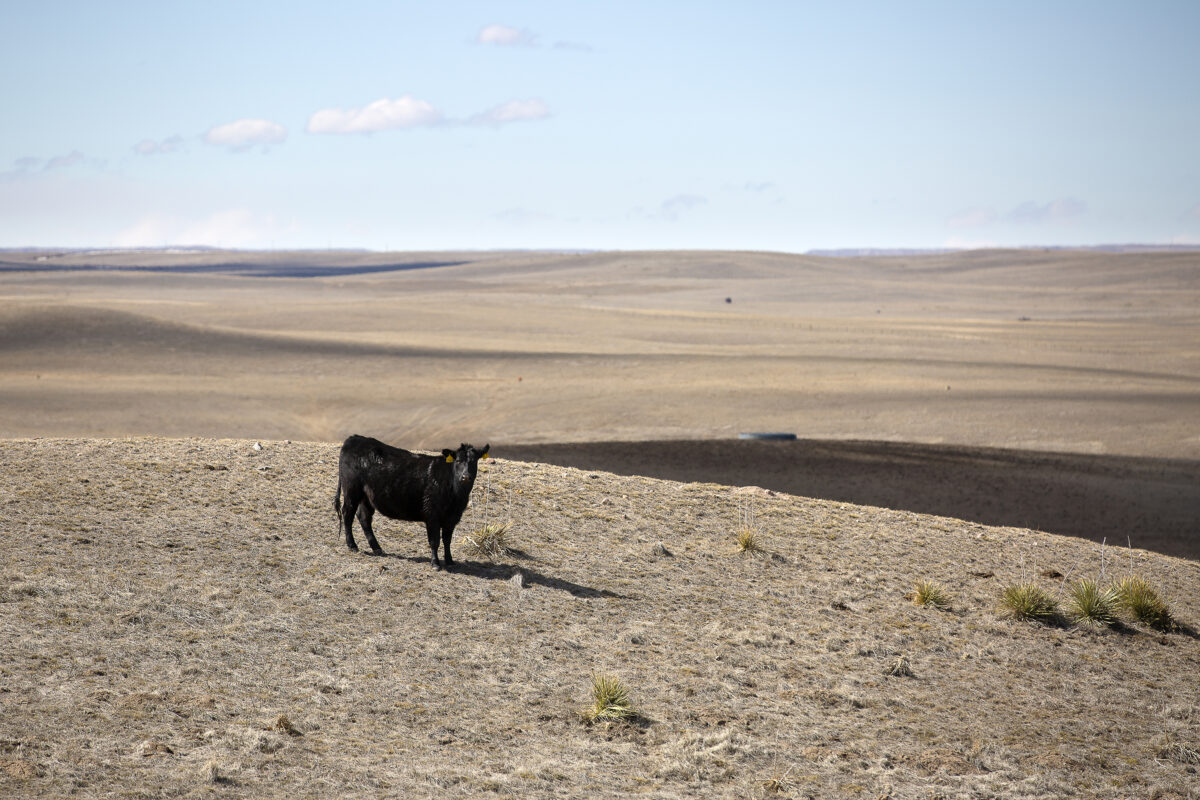
In many cases, small scale farmers and ranchers have little choice but to sell to these big corporations and transport animals hundreds—or even thousands—of miles to be processed. In addition to fuel emissions and costs racked up over these miles, long distance transport negatively affects both animals and final processed products. During transport, animals are exposed to environmental stressors and unfamiliar conditions which can lead to distress, injury, or death—all leading to reduced yields.5
The U.S. meat supply chain wasn’t always this way. As recently as 40 years ago, “most Americans got their meat from a far more diverse and local collection of businesses.”1 Livestock were fattened locally on pasture or in feedlots and processed in local or regional slaughterhouses before wholesale or retail sale. Unfortunately, as the meat industry has consolidated, smaller slaughterhouses have struggled to stay competitive.
The market shifted in light of the big slaughterhouse shutdowns in spring 2020. Local, independent meat producers and processors saw demand skyrocket. The fragility of the consolidated food system was exposed, and smaller-scale slaughterhouses stepped in to fill the processing gap.
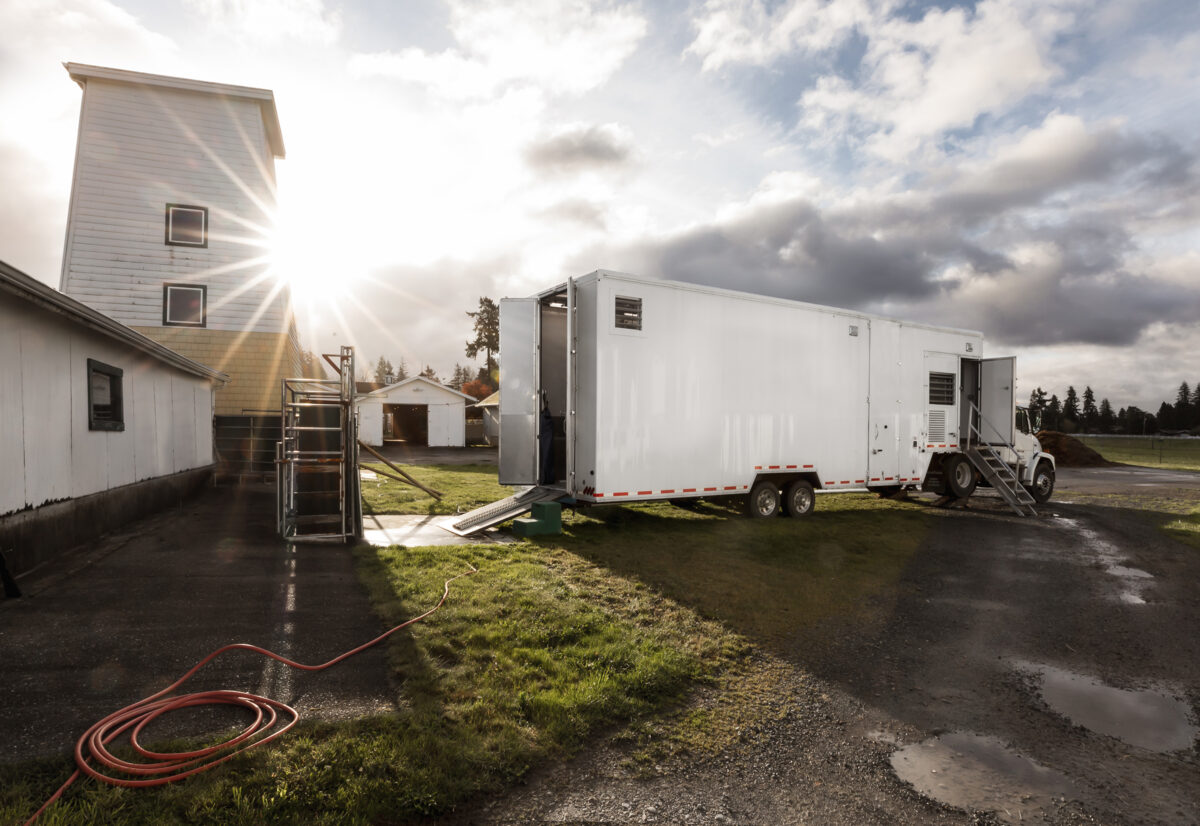
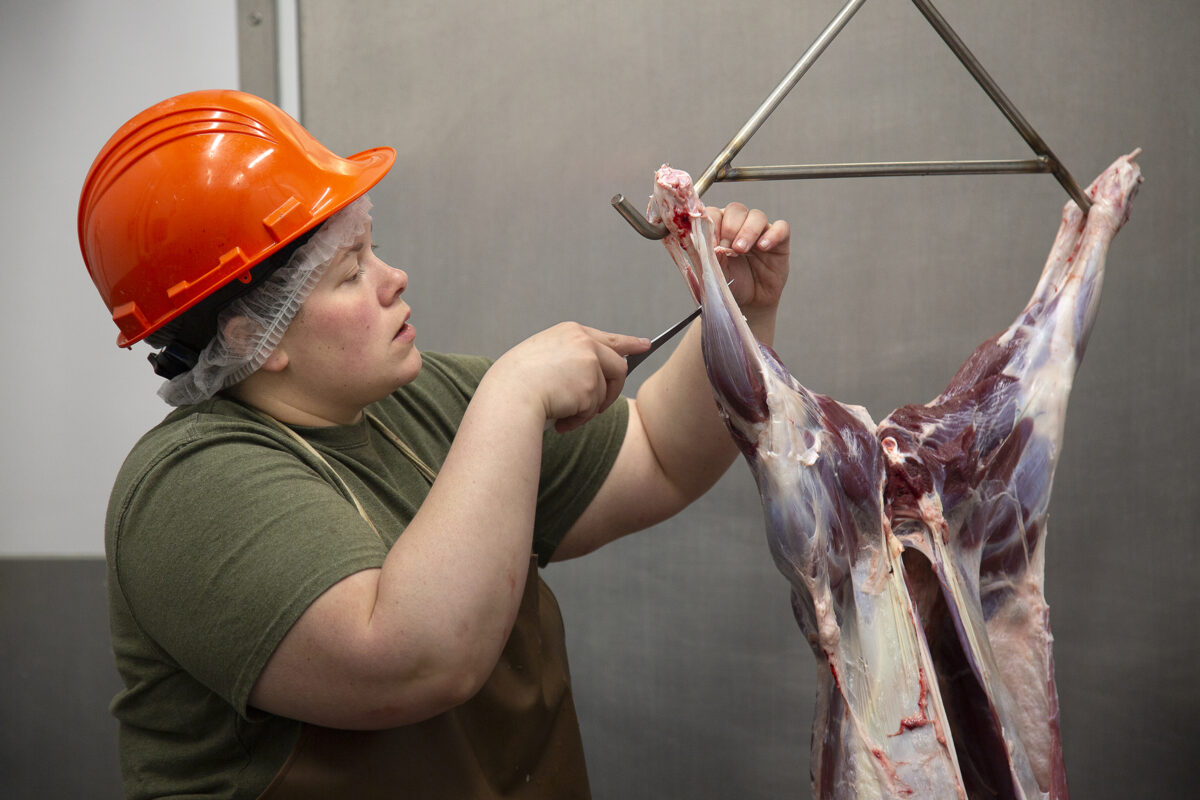

Three years later, COVID-19 occupies fewer headlines, and large-scale meat processors operate with enhanced hygiene protocols and increasing digitization. The American meat industry endured one storm but remains vulnerable to another. A consolidated food system dominated by a few big corporations which process the majority of meat we consume doesn’t offer the flexibility required to remain resilient.
We need to restore independent, smaller-scale, local meat processing that can adapt to and endure uncertainty. A return to this processing model will help ensure food security, national security, and the economic security of our nation’s local meat producers and processors. As proud citizens of a nation founded on—and driven by—independence, we need to practice what we preach and regain independence in our meat production and processing. Join us in making it happen.
